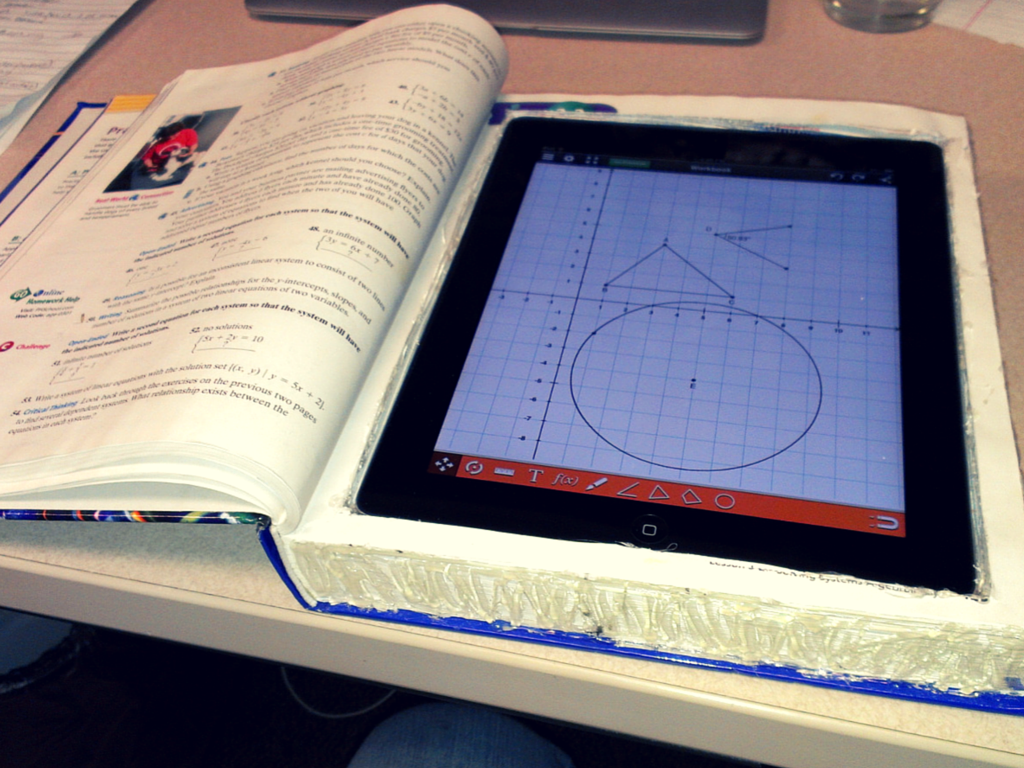In just a few short years since their inception, tablets have become an integral part of modern life. That ubiquity has made its way into schools, with a growing number of districts equipping each student with a device for use on school work both in and out of the classroom.
Nearly a quarter of teachers use digital content daily with their students. Sixty percent said in a recent poll that technology in their classrooms improved student engagement, and 48 percent said it allowed them to deliver more individualized instruction, according to Houghton Mifflin Harcourt.
The adoption of such programs is already creating some seismic changes inside of America’s classrooms. Here are five big ways tablets are transforming classrooms.
1. They’re replacing textbooks.
Although they’ve been the standard for decades, there are several drawbacks to the classic textbook: They’re expensive, physically heavy and quickly outdated. Schools are turning to tablets to solve this problem, using e-textbooks that offer the same information as their paper counterparts with additional multimedia lessons to drive home the curricula and appeal to students who may not learn as easily from words on a page.
2. They’re slashing costs.
One study found that a properly implemented tablet program could save schools $34 per student per year today, and $60 per student per year in the future as tablet costs come down. That may not seem like much, but multiplied across thousands of students in a district throughout their primary and secondary school years, and those savings can really add up.
3. They’re transforming homework.
The standard teaching model involves a teacher lecturing during classroom time and assigning work and projects for students to complete as homework. Tablets reverse that model, allowing teachers to assign videos (or their lectures or other relevant material) for students to watch at home, so that they can work together on projects and analysis during classroom time.
4. They’re collecting data.
Tablets have helped bring Big Data into the education world. Teaching apps and homework assignments completed via iPad allow teachers (and sometimes parents) to virtually collect data about whether students are comprehending specific lessons so they can tailor plans to specific student needs.
5. They’re distracting students.
Yet, iPads have a downside. Teachers report that it’s tough to fully prevent students with short attention spans from checking out of a lesson to log on to Facebook, play a game or even work on an unrelated assignment during class. “Tablets and computers are designed to be interactive, and sidetrack us from deeper thinking,” Goucher College President Antonio Bowen recently wrote in The Wall Street Journal. “The distractions of a student’s iPad are virtually irresistible.”
What do you think of the growing presence of technology in the classroom? Have you purchased your child an iPad?
Image courtesy of Flickr.

